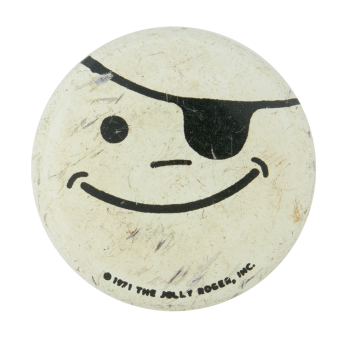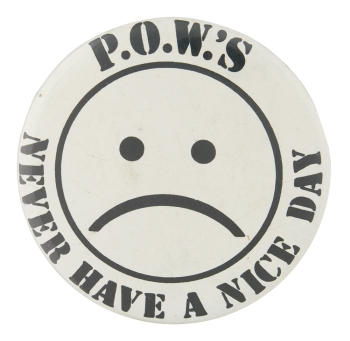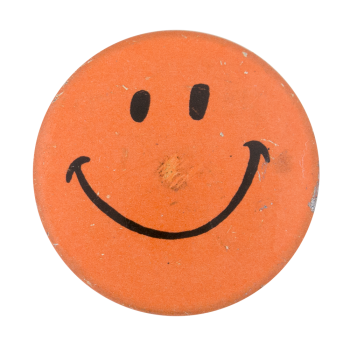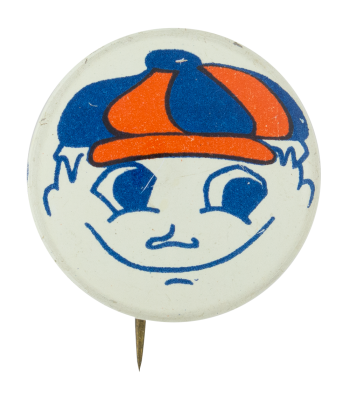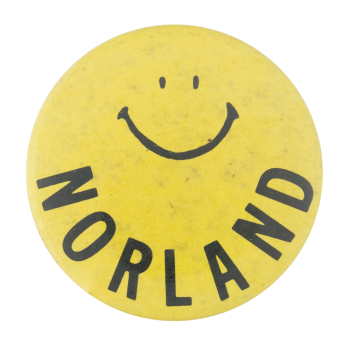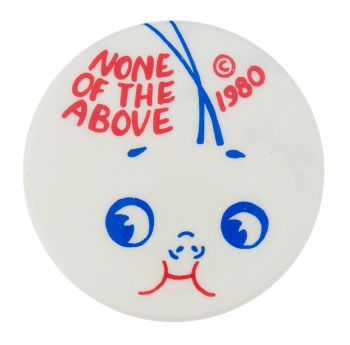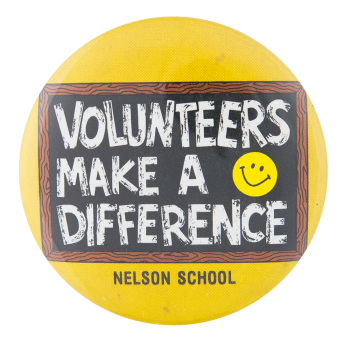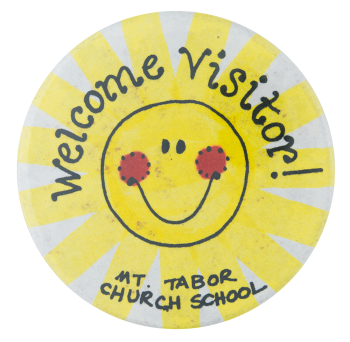Pirate Smiley
| Category | |
|---|---|
| Additional Images | |
| Sub Categories | |
| Text on Button | copyright 1971 THE JOLLY ROGER INC. |
| Image Description | Illustration of a traditional smiley face design but with a patch over one eye and on a white background |
| Back Style | |
| The Shape | |
| The Size | |
| Year / Decade Made | |
| Additional Information | The classic yellow smiley face is comprised of a yellow circle, two black dots for eyes, and a black arc ending in serifs for a mouth. It was designed in 1963 by commercial artist, Harvey Ross Ball. Ball was commissioned by The State Mutual Life Insurance Company to create a happy face to raise the morale of their employees. His version was created in 10 minutes. The design was printed onto more than 50 million buttons. Neither Ball nor the company copyrighted this smiley, so it was continually used by other businesses in their promotions. A pirate is someone who commits illegal crimes and acts of violence at sea or near the shores of the sea often involving theft. Pirates are often depicted with missing limbs as indicated with a peg leg or a large hook replacing a hand or a missing eye covered with an eye patch to show the violence that ensues upon robbing shores and other ships. The Jolly Roger refers to the design of the flag with skull and crossbones. |
| Sources |
About Harvey Ball. (n.d.). Retrieved September 12, 2020, from https://www.worldsmileday.com/index.php/article-index/item/380-about-ha… |
| Catalog ID | SM0108 |

